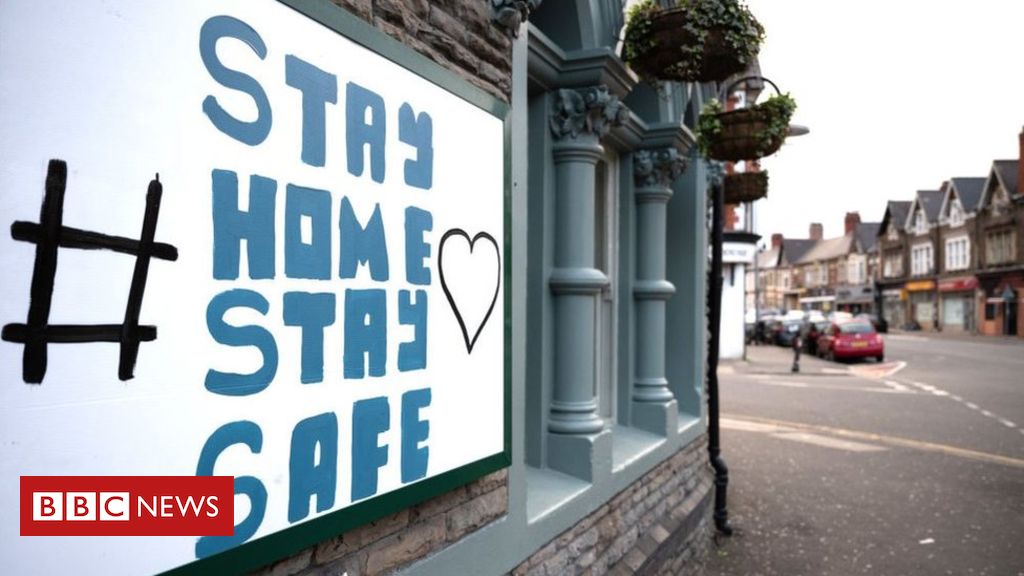 Image copyright
Image copyright
Getty Images
When can I see my family? Have friends round? Have a night out? A holiday? Or even go back to work? When can children go back to school?
Lockdowns have been essential for containing the spread of coronavirus, but they are causing huge disruption, and distress, to lives around the world.
So when can they be lifted?
There are big decisions for governments to make – when to act, which restrictions to lift, how to contain the virus instead and how to balance saving lives today with long-term damage to society.
This is going to be a long journey – don’t think it will all be over in a few weeks.
“Essentially we’ve got a lot of not very good options, it won’t be one day and everything will change, but things could open up,” Dr Adam Kucharski, from the London School of Hygiene and Tropical Medicine, told the BBC.
Why can’t we just lift lockdown?
We cannot simply return to normal after cases peak or even after they are reduced to very low levels.
The best estimate of the proportion of people infected (and potentially immune) in the UK is just 4%. Or to put that another way – more than 63 million are still vulnerable to the infection.
If we just lift the lockdown, then another explosive outbreak is inevitable.
The fundamentals of the virus have not changed either – one person infected will, without a lockdown, pass it onto three others on average.
Cutting those infections by 60-70% is what it takes to keep cases down. At the moment that means cutting our human contact by that amount.
If we lift social distancing measures then something else has to come in to suppress the virus instead or at least to prevent people ending up in intensive care.
Wiggle room?
There may be some easy wins if countries are already cutting infections by more than 70%.
“There is evidence that a lot of countries in lockdown have gone beyond that, in China it is 80-90%,” said Dr Kucharski.
A high number now is good for bringing cases down quickly.
But it is also an opportunity to lift some of the current restrictions without leading to a spike in cases.
China, particularly in the original epicentre of the pandemic – Wuhan, had a tough and lengthy lockdown that including shutting down public transport. It is not yet clear how much wiggle room other countries may or may not have.
Why don’t we have more testing?
Massively increasing testing for the virus allows for a strategy called “seek and destroy”.
You identify cases. Test anybody they came into contact with. And isolate them before they become infectious.
It is remarkably similar to the approach taken at the start of the outbreak when there we

